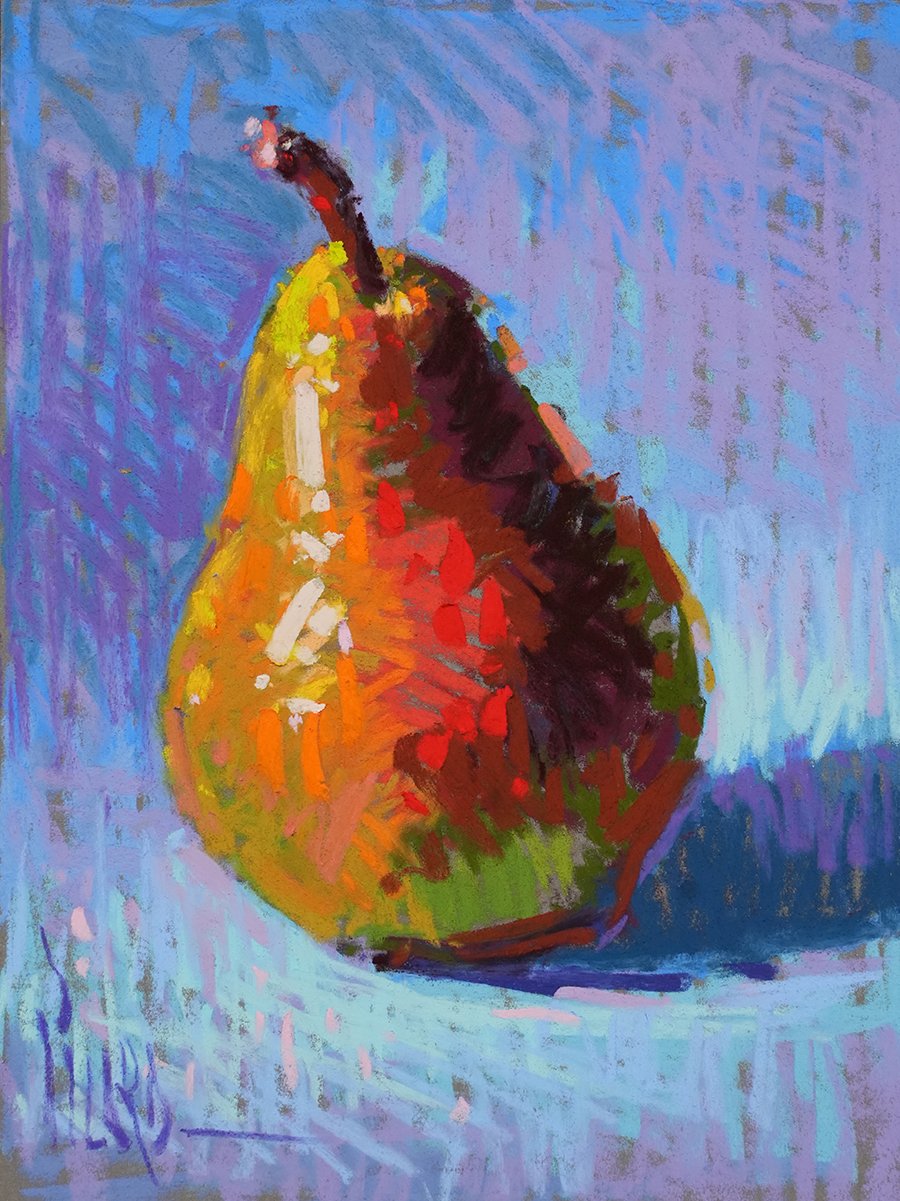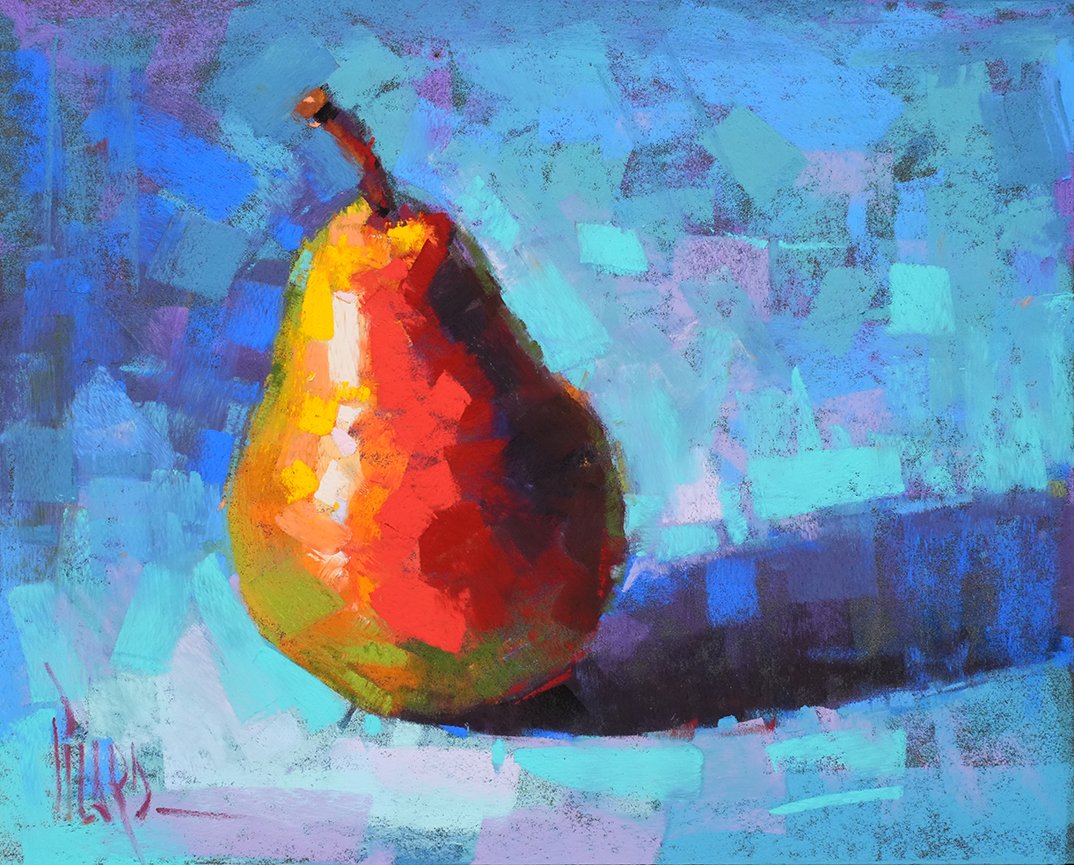3 Ways to Paint More Dramatic Cloudscapes
Have you ever stood beneath a beautiful open sky, watching the clouds dance across the horizon, and wished you could capture that magic in pastel? You're not alone. Cloudscapes have captivated artists for centuries—from Turner's luminous skies to Constable's billowing cumulus formations.
The good news? Creating compelling cloudscapes is more accessible than you might think. Here are three simple ways to elevate your cloud paintings from ordinary to extraordinary:
After the Rain, 6x12” pastel
1. Lower Your Horizon Line
One of the quickest ways to create drama in your cloudscapes is to place your horizon in the bottom third of your picture plane—or even lower. This simple compositional choice gives clouds the starring role they deserve. Instead of competing with landscape elements, your sky becomes the main event. Think of it as giving your clouds a bigger stage to perform on. The vast expanse invites viewers to look up and lose themselves in your atmospheric creation.
Beautiful Horizons, 9x12” pastel
2. Explore Color Beyond White
Here's a secret: clouds are never just white. They're complex mirrors reflecting the world around them. I love those peachy pinks at dawn, the blue-violets in the shadows, golden amber at sunset. Start observing how the time of day transforms cloud colors. Try this: paint the same cloud formation at different times using limited color palettes. Morning might call for warm yellows and cool purples, while storm clouds demand dramatic grays with silvery highlights. This practice will transform your clouds from flat white shapes into living, breathing atmosphere.
Clouds Over Sweden, 9x12” pastel
3. Master the Art of Edges
Hard, cut-out cloud shapes lack finesse and depth. Real clouds are vaporous and ephemeral, merging and flowing into the sky around them. Practice varying your edges: keep them soft where clouds dissipate into atmosphere, firmer where sunlight creates definition against deep-colored sky. Think of painting clouds like capturing smoke or mist. Let your pastels dance between definition and suggestion, creating that magical texture and soft quality that makes viewers feel they can reach up and touch the moisture in the air.
Your Creative Challenge
This week, grab a small paper and a handful of pastels, and try just one of these techniques. Aim for exploration, not perfection. Paint a simple cloudscape with a low horizon or focus entirely on capturing the colors of clouds at your favorite time of day. Remember, mastering cloudscapes starts with a single stroke on paper as you reach toward the sky.
Please share your cloudscape with me on Facebook or Instagram using #LearnwithAlainPicard. I look forward to seeing what you have created!








